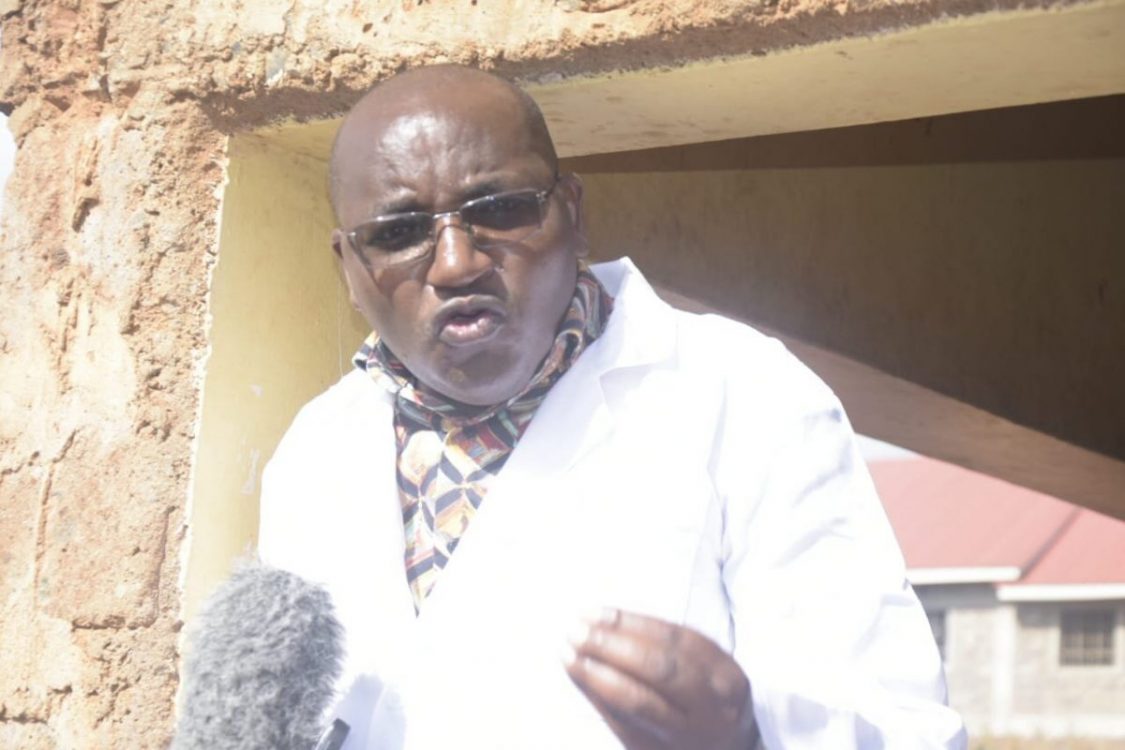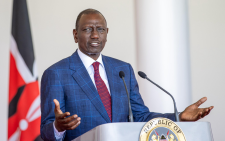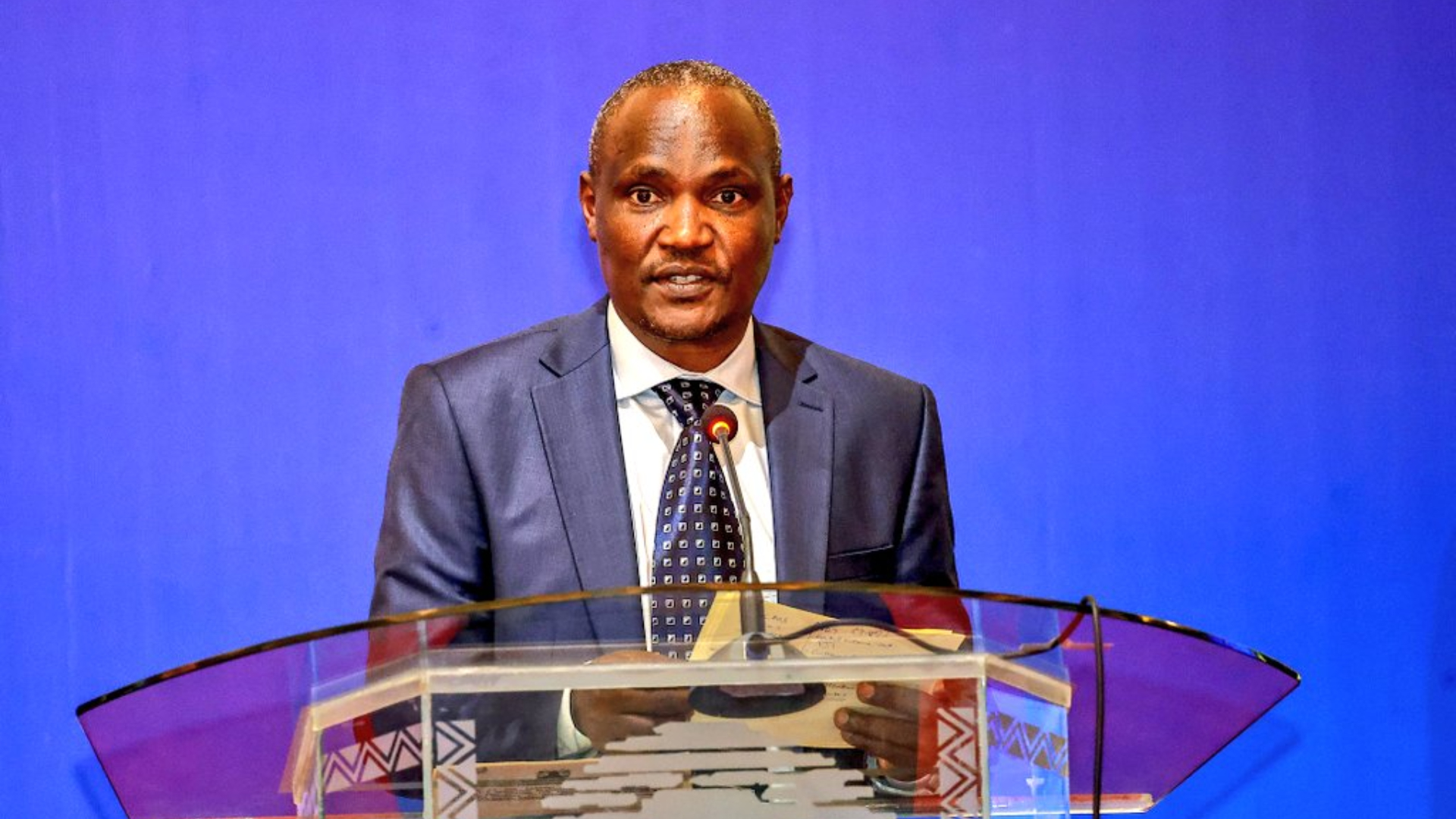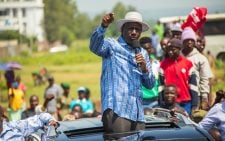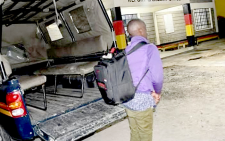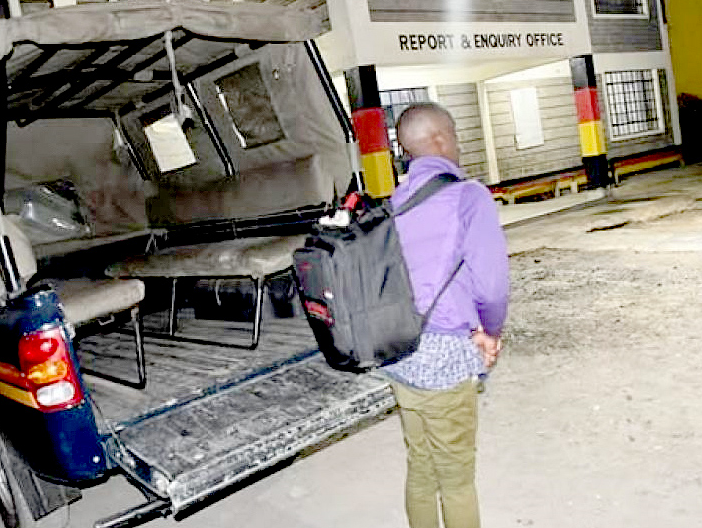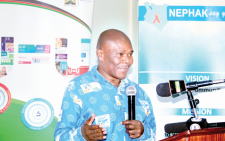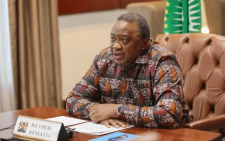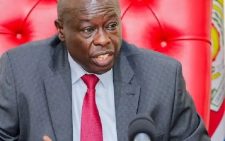Rights body links Ruto to dreaded abductions squad
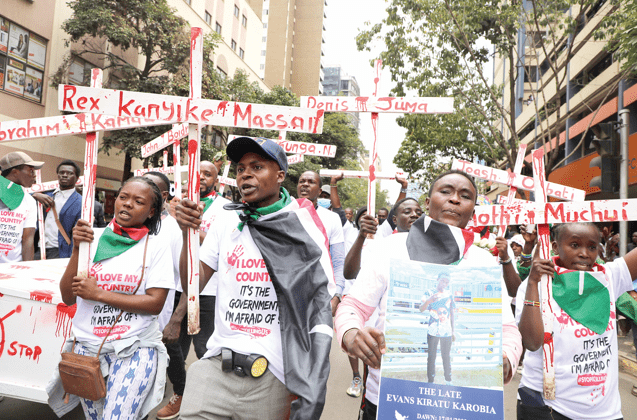
Details have emerged of how President William Ruto recreated a multi-layered security unit, which is currently being deployed to abduct vocal critics of his government.
It is now believed that the President disbanded the dreaded Special Services Unit (SSU) immediately after ascending to power in 2022, he later assembled other units with officers drawn from the National Police Service (NPS), Directorate of Criminal Investigations (DCI), National Intelligence Service (NIS) and the military.
When Ruto was disbanding SSU he accused the unit of carrying out abductions, after which the officers would murder and dump the bodies of the victims in River Yala.
“We believe that he knew what he was saying because he was the Deputy President. I don’t think he was lying,” Human Rights Watch (HRW) Associate Director Otsieno Namwaya says.
According to Namwaya, SSU was a well-known unit within the DCI but even after Ruto disbanded it, in early 2023, he re-established assimilators where he retained some people from the SSU, and recruited others.
Action Team
“There was an advert in a newspaper for sharpshooters. Those were people who were recruited to join the retained squad from SSU to form a new outfit which was renamed Operation Support Unit (OSU),” he claimed, adding that the new unit is now doing exactly what SSU used to do; carry out abductions.
Ruto did not stop there. The President, later on, created another squad called Operation Action Team that has officers drawn from various agencies. It has selected officers from DCI, the NIS deputy, DCI, the military and OSU.
“The Operation Action Team is controlled by the National Intelligence Service. Within this team there is another unit called ‘Mafundi’ and the officers in this group are the ones doing abductions,” Namwaya reveals.
The operations of the Operation Action Team, Namwaya says, is shrouded in confusion as military intelligence is also looped in under the ‘Mafundi’ squad to abduct people in far-flung areas like Garissa, Mandera and Wajir.
According to the HRW Executive Director, Mausi Segun, governments across the world resort to abductions to instil fear and silence their critics. The Kenyan scenario that intensified at the height of Gen Z protests in June 2024 is not an isolated case.
“The point of these abductions is to chill out everyone, to make you fear for yourself and to practise self-censorship. That’s the whole plan. Kill one or two. They can’t kill everybody, they know that,” Segun adds.
“But kill one or two, the others will become afraid. If they are not afraid, their parents will become afraid for them. Their loved ones will become afraid for them.”
Namwaya and Segun were speaking during the launch of the 2025 Human Rights Watch report that was released yesterday.
According to the report, Kenya is among the countries in the world where human rights drastically worsened last year as the government embarked on containing protestors who were demonstrating over the introduction of punitive taxes amid a high cost of living period.
“The authorities restricted the right to peaceful protest in heavy-handed crackdowns against nationwide protests over the high cost of living,” the report reads in part.
HRW says that authorities failed to address the socio-economic causes of protests and, instead, harassed, intimidated and arrested protest leaders, activists and civil society groups accused of supporting the protests.
“President William Ruto publicly threatened the courts for making decisions unfavourable to his administration. The authorities have rarely investigated or prosecuted law enforcement officers implicated in human rights abuses,” the report says.
The document narrates how from June 18, 2024 protests broke out in the entire nation that persisted until August, over taxes proposed in the Finance Bill 2024 to meet International Monetary Fund (IMF) revenue targets that would disproportionately fall on people with low incomes.
The protests organised largely by Kenyans between the ages of 18 and 35 climaxed with the invasion of Parliament on June 25.
“Protesters opposed taxes on goods and services such as bread, menstrual products and mobile money transfers used by many informal workers. Protest anger evolved to include government waste and corruption and the worsening neglect of public services,” HRW notes.
The human right crusaders reported that police shot directly into crowds, killing protesters and bystanders.
Disobeying orders
The authorities, the report states, have continued to track down people believed to be protest leaders or one of the estimated 3,000 protesters involved in the invasion of Parliament. Several of these people have either been arrested or abducted by suspected security agents and then forcefully disappeared.
Kenya’s image was also tainted in July after some media outlets reported that the authorities summoned their editors and threatened them over live coverage of the protests. Kenyan media subsequently stopped the live coverage of the protests.
HRW noted that President Ruto said he had the power to shut down media over the live coverage of protests but he opted not to do so.
The human rights group also faulted Kenya for deploying its troops to Haiti under the Multinational Security Support Mission (MSS) against a High Court decision that found the order to deploy police officers to Haiti unconstitutional.
According to HRW, violence against women and girls, including high femicide rates, sexual violence and Female Genital Mutilation (FGM), remain prevalent in Kenya further putting the country in human rights’ bad books.
Kenyans were also criticised for discriminating against people with psychosocial disabilities, who HRW says continue to be shackled—chained or locked in small, confined spaces—due to inadequate support and mental health services, and prevalent stigma.

